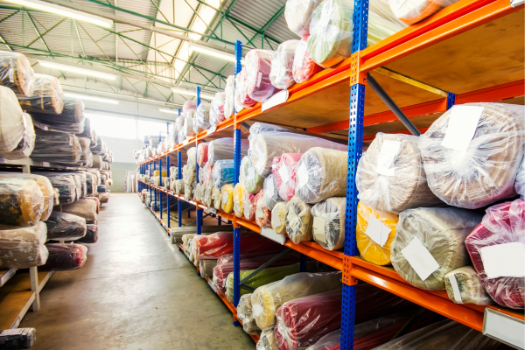
The BIM Advantage: Reducing Waste Before Construction Begins
Construction waste is a big problem. It adds costs, delays jobs, and hurts the environment.
Most waste happens before the first brick is laid. Bad planning, design changes, and overordering are common causes.
That’s where BIM helps. BIM stands for Building Information Modeling. It lets you plan projects in 3D before work starts.
You can spot problems early. You order only what you need. You reduce waste and save money.
Bidlight combines with BIM to help teams work smarter and cleaner.
This article shows how using BIM with Bidlight can cut waste and boost project success.

Understanding Construction Waste Challenges
Construction waste costs billions each year. Studies show up to 30% of materials on job sites get wasted.
Why? Poor planning is the main reason. Inaccurate designs lead to wrong orders.
Materials get damaged or left unused. Sometimes crews tear down work and rebuild. That wastes time and money.
Manual planning methods miss key details. They don’t predict clashes between trades.

Too many decisions are made late, when fixing mistakes is expensive.
Waste also hurts the planet. Unused materials fill landfills.
Contractors and owners need a better way. They need a tool to plan projects right the first time.
That’s where BIM steps in. It solves many of these problems before construction begins.
The Role of BIM in Waste Reduction
BIM creates a detailed digital model of your project.
You can “build” the project on a screen before doing it in real life.
BIM lets you check how everything fits. You avoid design clashes and wasted materials.
Accurate quantities are easier to calculate. You order only what you need.
BIM helps with scheduling too. Crews know what to do and when. That avoids delays and costly do-overs.

If plans change, BIM updates the whole model fast. Everyone stays on the same page.
A study showed BIM use can cut waste by up to 15%.
Many projects using BIM report faster timelines and lower costs.
Bidlight works alongside BIM to track estimates and project data. This helps keep everything under control.
Less waste means more profit and a cleaner job site. That’s the power of BIM and Bidlight together.
Case Studies Demonstrating BIM’s Impact
One major hospital project used BIM early. The team found over 200 design clashes before construction.
Fixing those in the model saved time and materials later. The project finished ahead of schedule and under budget.
In another project, a contractor used BIM to plan prefabricated parts. Fewer deliveries were needed. Less waste was left on site.

Studies in Canada and Europe show similar results. Projects using BIM reduce waste and avoid costly changes.
One research study found 90% of contractors who use BIM report lower material waste.
Bidlight helps teams track these savings by connecting estimating and planning.
Contractors using Bidlight with BIM report higher accuracy and fewer surprises.
The message is clear. BIM works. And when paired with Bidlight, it works even better.
Integrating BIM with Bidlight for Optimal Results
Bidlight helps you get the most from BIM.
You can upload designs and link them to real-time cost data.
Bidlight shows you what materials will cost and how much you will need.
As the design changes, Bidlight updates estimates instantly.
You avoid guesswork and order only what is required.
Bidlight also helps track deliveries and manage subcontractor quotes.
Teams using Bidlight with BIM see faster estimating and better control of materials.
Less waste. More profit. Better teamwork.
Contractors say Bidlight makes the transition to BIM easier.
No special tech skills are needed. Bidlight fits into your existing process.
It’s the perfect partner for teams who want to reduce waste before construction begins.
Best Practices for Implementing BIM to Reduce Waste
Start with clear project goals. Make sure the whole team uses BIM from the start.
Train your staff early. Help them understand how to model and review designs.
Use BIM to review plans and spot conflicts before work starts.
Connect your BIM model to Bidlight for accurate costs and quantities.
Keep communication open between designers, engineers, and builders.
Use the model for scheduling and delivery planning.
Track changes in real-time to avoid costly surprises.
These steps will cut waste, reduce costs, and improve project results.
Conclusion
Construction waste hurts profits and the environment. BIM offers a proven way to plan smarter and cut waste.
It helps teams design, order, and build with less error and less waste.
Bidlight makes BIM even better by tracking costs and materials in real time.
The result? Cleaner job sites, fewer delays, and more profit.
Smart contractors already use BIM and Bidlight to win projects and work better.
You can too. Start planning smarter and reduce waste before construction begins.